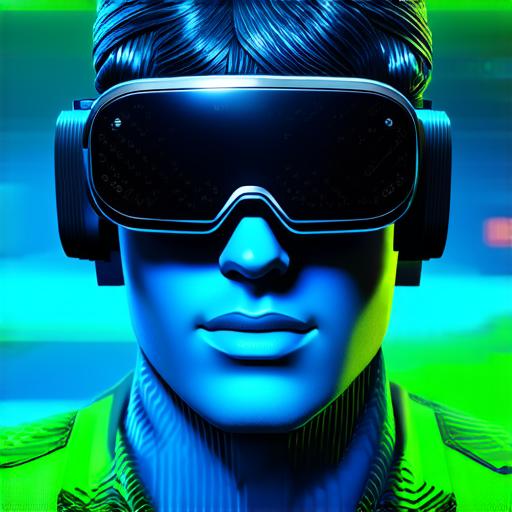Virtual reality (VR) refers to a computer-generated simulation of a 3D environment that can be interacted with in a seemingly real or physical way using specialized devices such as headsets, gloves, and controllers. The goal of VR is to create an immersive experience that feels like the user is actually present in the simulated environment.
The concept of virtual reality has been around for several decades, but recent advancements in technology have made it more accessible and affordable for consumers. VR can be used for a wide range of applications, including entertainment, education, training, and therapy.
In the entertainment industry, VR is often used to create immersive video games that allow players to fully immerse themselves in the game world. It can also be used for virtual tours of museums, historical sites, and other locations that are difficult or impossible to visit in person.
In education, VR can be used to create interactive lessons that allow students to explore complex concepts in a more engaging way. For example, medical students can use VR simulations to practice surgeries, while history students can virtually walk through ancient civilizations.
Virtual reality is also used for training purposes in fields such as aviation, military, and emergency services. These simulations provide a safe and controlled environment for individuals to practice and improve their skills without the risk of injury or damage to real-world equipment.
Finally, VR has been shown to be an effective tool for therapy and rehabilitation. It can be used to treat conditions such as phobias, anxiety disorders, and PTSD by creating simulations of triggering situations that can be safely and controlled environments.
Overall, virtual reality is a powerful tool that allows individuals to experience and interact with simulated environments in a way that feels real. It has the potential to revolutionize many industries and improve the way we learn, work, and play.

